Biological Mechanisms of Animal Adaptation to Island Environments
Introduction
Island ecosystems present unique challenges and opportunities for animal species. These environments often have limited resources, a lack of predators, and isolation from mainland populations, leading to distinct evolutionary pressures. This article explores the biological mechanisms of animal adaptation to island environments, focusing on the processes of evolutionary biology, ecological niche specialization, and genetic drift.
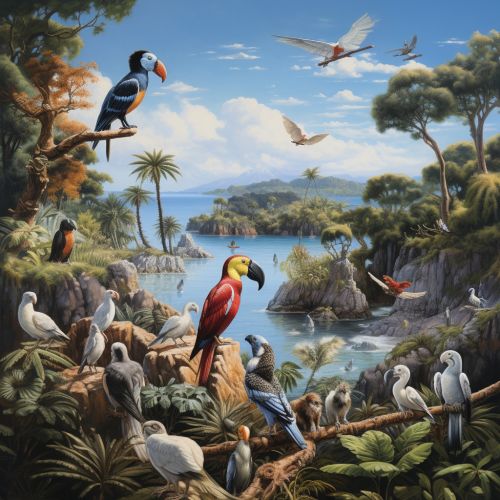
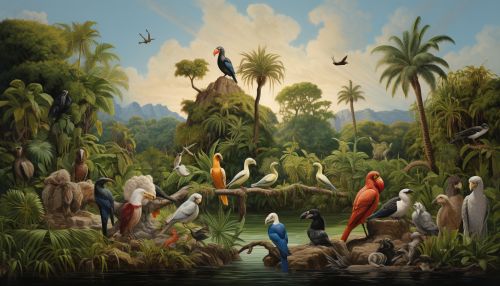
Evolutionary Biology
Island environments often lead to accelerated rates of evolution due to their isolation and unique selective pressures. This phenomenon, known as island rule, can result in either gigantism or dwarfism in animal species.
Gigantism
Island gigantism occurs when animal species evolve to become larger than their mainland counterparts. This is often due to a lack of predators and an abundance of resources, allowing for increased body size. Examples of island gigantism include the Komodo dragon and the dodo bird.
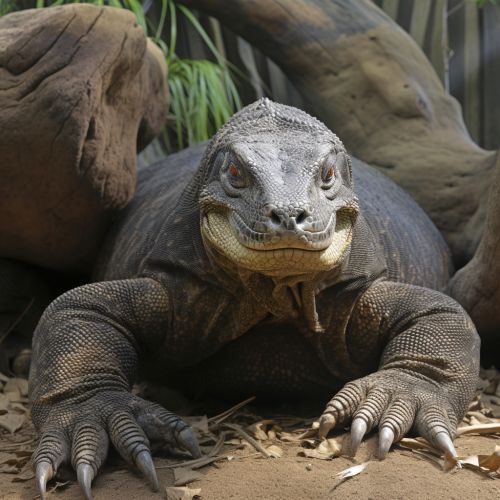
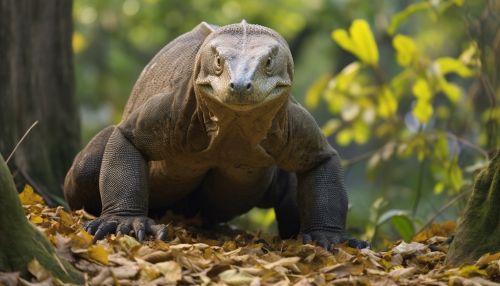
Dwarfism
Conversely, island dwarfism is a phenomenon where animal species evolve to become smaller than their mainland counterparts. This is often due to limited resources and space, necessitating a smaller body size for survival. Examples of island dwarfism include the pygmy elephant and the Homo floresiensis.
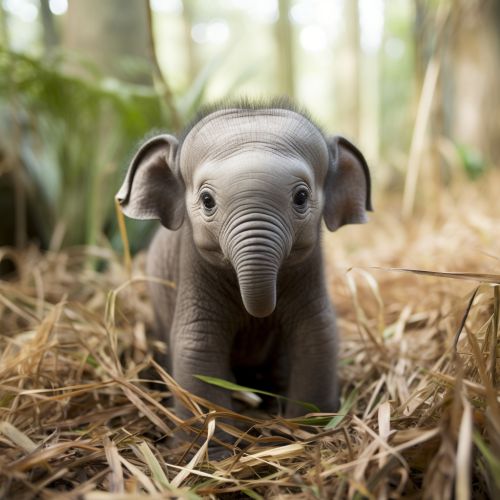
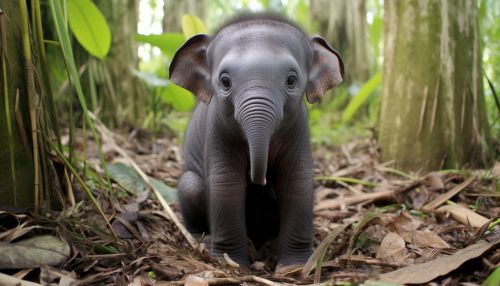
Ecological Niche Specialization
Island environments often have fewer species than mainland environments, leading to less competition for resources. This allows animal species to specialize in specific ecological niches, leading to unique adaptations. For instance, the Galapagos finches have evolved different beak shapes to specialize in different food sources.
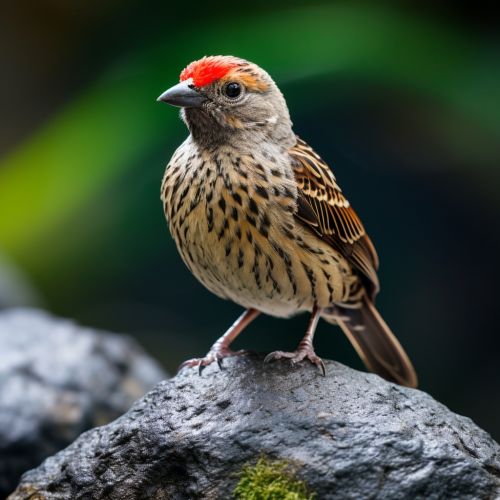
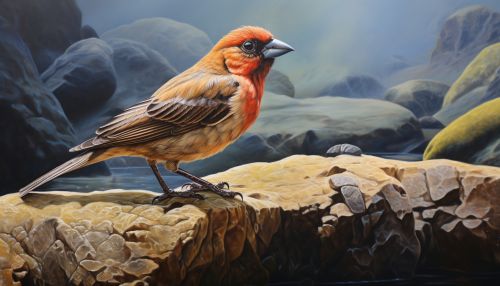
Genetic Drift
Genetic drift plays a significant role in island adaptation. Due to the small population sizes and isolation of island environments, random genetic changes can have a large impact on the gene pool. This can lead to the rapid evolution of new traits, such as the flightlessness seen in many island bird species like the kakapo.
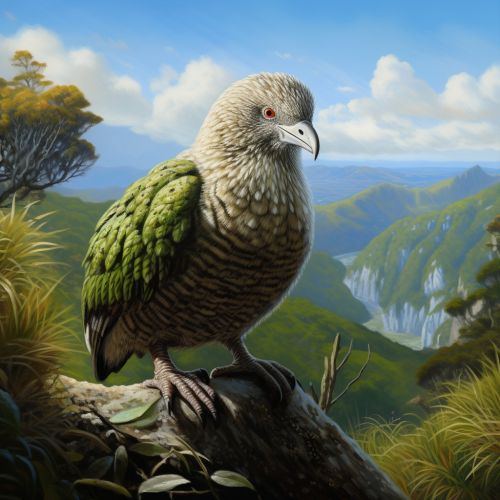
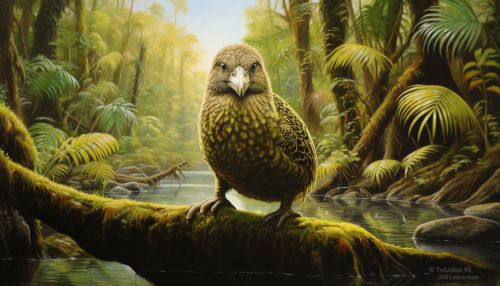
Conclusion
Island environments present unique evolutionary pressures that can lead to distinct adaptations in animal species. Through the processes of evolutionary biology, ecological niche specialization, and genetic drift, animals can evolve to survive and thrive in these isolated and often resource-limited environments.
